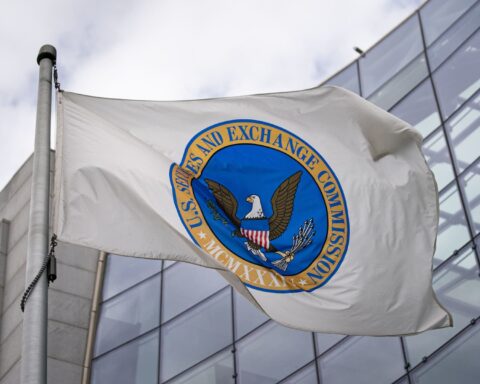The United States Supreme Court’s decision in Loper Bright vs. Raimondo has significant implications for the cryptocurrency industry.
The ruling, which ended the long-standing Chevron deference, shifts power between the judicial and executive branches of the US government.
Since 1984, Chevron allowed courts to defer to federal agencies in interpreting ambiguous statutes, but the 6–3 decision on June 28 changed that.
“Chevron is overruled,” the court declared.
“This decision impacts many sectors, including technology, finance, healthcare, and the environment.
Jim Lundy, a securities enforcement and litigation partner at Foley & Lardner, commented, “The Supreme Court did the appropriate thing with this ruling because the Chevron deference had started to stretch too far for certain agencies.”
Joshua Simmons, a partner at Wiley Rein, noted the ruling’s significant long-term impact, especially for the crypto and blockchain sector.
“The decision takes away the deference that agencies had,” Simmons said, suggesting that more companies will challenge agency decisions and face a more level playing field.
Joanna Wasick, a litigation partner at BakerHostetler, highlighted how crypto was referenced during oral arguments.
“Loper Bright’s attorney, Paul Clement, pointed directly to crypto as an example of how the SEC [Securities and Exchange Commission] oversteps its authority.”
This ruling could push Congress to pass crypto reform legislation and encourage companies to bring lawsuits.
Peter Van Valkenburgh wrote in a Coin Center blog, “Without Chevron, a judge in SEC v. Consensys need not defer to the SEC’s own understanding of what exactly a ‘broker’ is.” Uniswap Labs also referenced Loper Bright, urging the SEC to drop its proposal on decentralized finance.
READ MORE: Microsoft and Apple Withdraw from OpenAI Board Amid Regulatory Scrutiny
Other federal agencies might also feel Loper Bright’s impact. Custodia, a state-chartered crypto bank, recently appealed the Federal Reserve’s decision to deny it a Master Account, potentially benefiting from this ruling.
Kathryn Haun called the ruling “the most significant court case for technology policy in the U.S. in years.”
Lundy emphasized that while the ruling doesn’t eliminate regulatory agencies’ rulemaking abilities, it removes Chevron deference in ambiguous cases.
This change may not be a game-changer historically but will influence how agencies like the SEC and CFTC craft rules for the cryptocurrency industry.
In Europe, the impact of Loper Bright is seen as potentially reducing regulatory barriers, similar to the EU’s MiCA framework.
Annabelle Rau of McDermott Will & Emery suggested that a more predictable regulatory landscape could encourage innovation in digital asset tokenization.
Overall, while the ruling alters the game, its full impact will unfold over time through further litigation and challenges.
As Lundy noted, the defense bar will likely explore new ways to challenge SEC and CFTC rulemakings for the cryptocurrency and blockchain industries.
To submit a crypto press release (PR), send an email to sales@cryptointelligence.co.uk.




